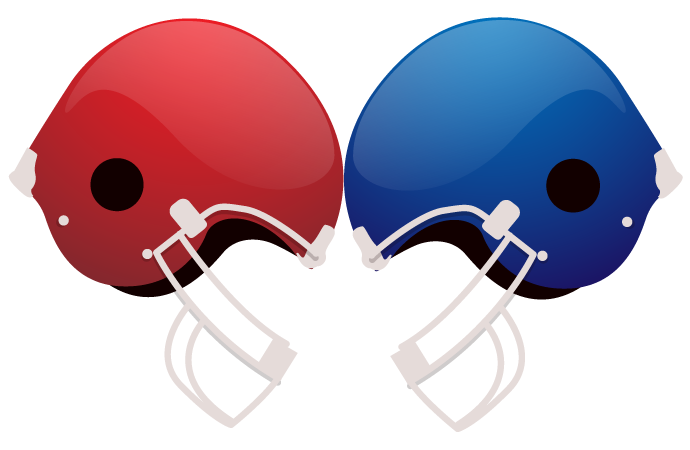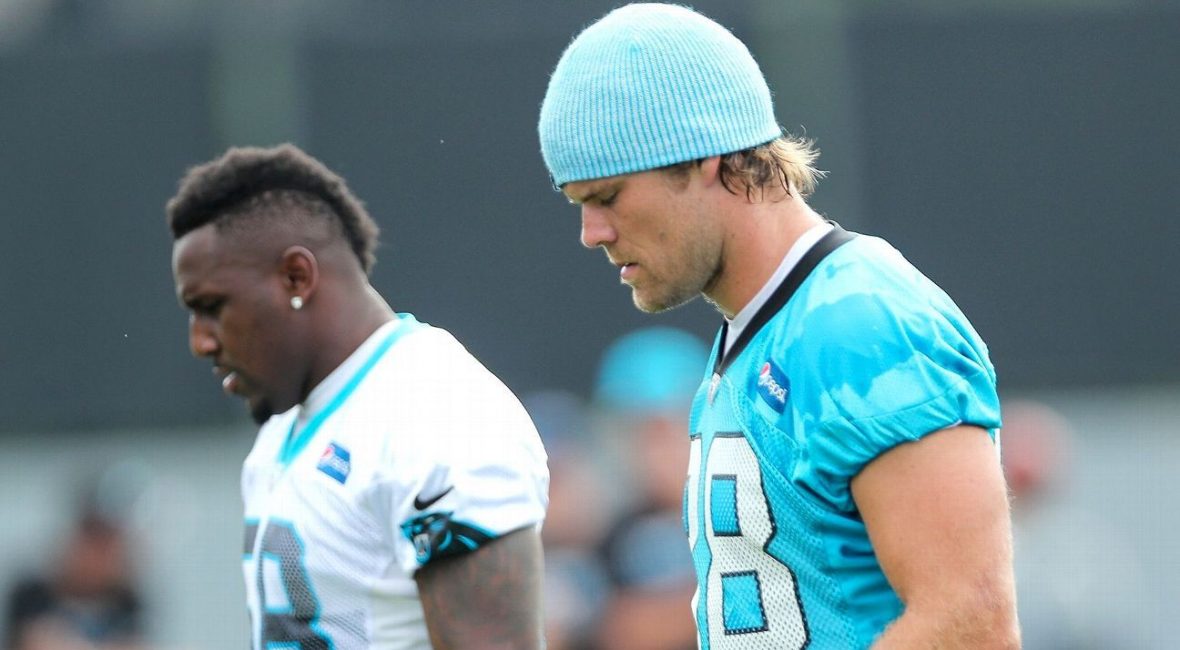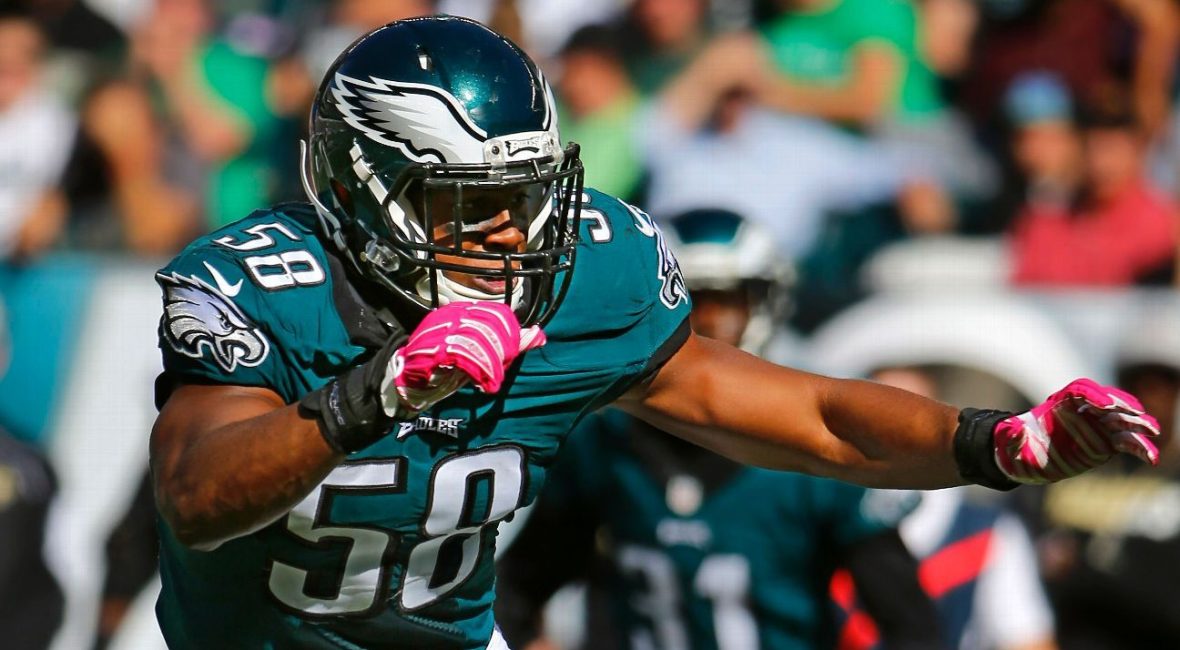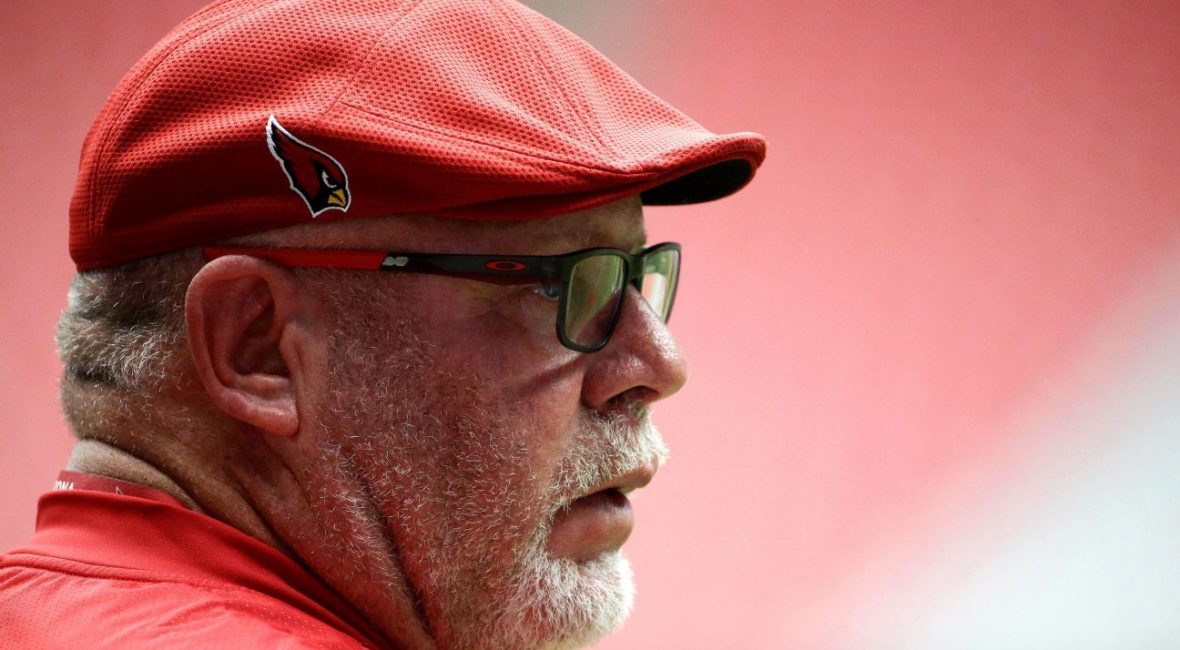SPARTANBURG, S.C. — Carolina Panthers linebacker Thomas Davis is “extremely irked” about reports that general manager Dave Gettleman’s firing was linked to negotiations for extensions for him and tight end Greg Olsen.
Davis, 34, began negotiating an extension before Gettleman was fired on July 17, eight days before players reported to training camp at Wofford College.
He said negotiations are ongoing with interim general manager Marty Hurney, who was the general manager with Carolina from 2002 through the sixth game of the 2012 season.
Davis said at no point were negotiations with Gettleman combative. Gettleman had a reputation for talks with some veteran players getting difficult in the past.
The most recent was last year when Gettleman rescinded the franchise tag of Pro Bowl cornerback Josh Norman, whose departure to Washington played a role in last year’s 6-10 season.
“To his credit, he told me to my face that he didn’t see a decline in my play,” Davis said on Wednesday. “He [said] he had never seen anything like it before for a guy my age.
“I guess it sort of put him in a tough position making a decision moving forward, but there was never a time where he said something negative to me about me as a player or me as a person.”
Multiple sources told ESPN.com that Gettleman’s handling of contracts in the past played a part in the decision to fire him, with Davis’ and Olsen’s extensions being discussed.
But Davis isn’t excited that some of the blame for Gettleman’s firing has been placed on him and Olsen, both team captains.
“Some of the stuff being said, it’s unbelievable to think of two guys that was being talked about,” said Davis, the 2014 Walter Payton NFL Man of the Year. “You think about myself and you think about Greg Olsen and what we try to represent and stand for, not only as players but as pillars of the community as leaders of this football team, it was totally unfair and uncalled for some of the stuff that was being said.”
Olsen said on Monday that a holdout for training camp at one point was on the table, but after the “chaos” surrounding Gettleman’s firing, he didn’t want to be a distraction.
Olsen said on Tuesday that there was no animosity between him and Gettleman.
“Obviously we might not always have seen eye to eye on things,” he said. “But as far as the respect level between the two of us, strictly, I didn’t ever think there was an issue.
“He treated me with respect and we gave him the respect in return.”
Olsen, 32, has two years left on his deal. He said there have been no guarantees from Hurney or the Panthers he will get an extension this year that would make him among the top-paid tight ends in the league.
Olsen, the first tight end in NFL history to have three straight seasons with 1,000 yards receiving, ranks seventh in the league among tight ends with an average salary of $7.5 million a year.
Olsen indicated he might have to play out his contract.
All indications are that Davis, entering the final year of his contract, will get a new deal.
“It’s not something that is going to happen overnight,” said Davis, who has made the Pro Bowl the past two seasons. “I’m excited that we’re even in a position where we’re negotiating while I have this year left on my contract. For the organization, it’s something they don’t have to do. I’m excited they have chosen to do it.”






